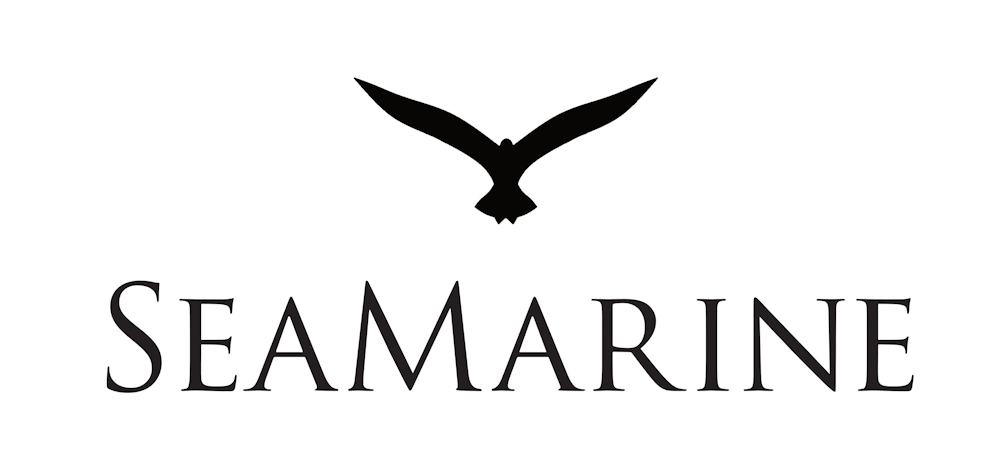
Rise of the Microbrand
Niche markets
Microbrands are small, independent watch companies who produce limited quantities of watches with a focus on niche markets and direct-to-consumer business models.
Accessible Prices
These brands have categorised a distinct segment in the luxury watch market, offering designs inspired by the craftsmanship and aesthetics of the dominant watchmakers but at more accessible prices.
Competitive Advantages
By selling directly to consumers, Microbrands keep costs low, allowing them to make quality timepieces more affordable.
Rapid Sector Growth
Affordability
Microbrands, while gaining popularity for offering affordable alternatives, currently represent only a small fraction of the market but their impact is growing significantly. (Sources)
Strength of Appeal
Appeal is strongest in the entry to mid-level segments where growth is fueled by an expanding customer base of collectors and enthusiasts who appreciate the exclusivity and craftsmanship that microbrands offer, often at a fraction of the cost of major luxury brands.
Evolution
Over 100 new microbrands have already entered the market recently, as the sector is rapidly evolving and becoming more mainstream in their offerings. Most of these entrants are at the lowest possible price point using parts sourced from the Far East.
Segment Drivers

Luxury and Affordability
The surge in microbrands is driven by several key factors, including an increase in consumer demand for unique, affordable timepieces, and direct-to-consumer models that facilitate the production of extraordinarily high-quality watches at lower prices. Microbrands appeal to enthusiasts who appreciate fine design and craftsmanship but aren’t ready to invest in luxury pieces. By offering high-value alternatives that maintain a degree of exclusivity through limited editions or distinctive features, these brands serve as an entry point into the world of watch collecting.
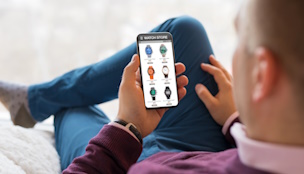
Personality and Connection
This digital-first approach, combined with smaller production runs and unique designs, makes microbrands appealing to those seeking distinctiveness in their watches. Social media and collector communities play a significant role in popularising the brands, as enthusiasts value the personal connection and niche offerings that microbrands deliver.

Sustainability
Microbrands are also benefiting from trends such as sustainability through the use of eco-friendly materials and online sales models. Smaller production runs, partnerships with local sustainable businesses that can’t traditional support large scale production, and the lack of requirement for bricks and mortar infrastructure gives microbrands a unique advantage in this area.
Case Studies
Christopher Ward
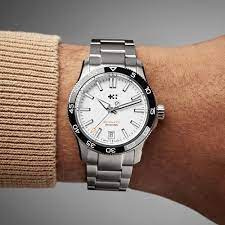
Farer
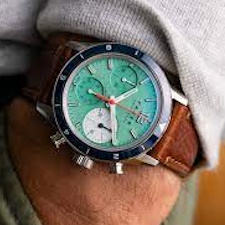
Monta
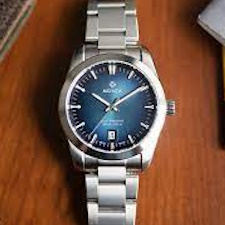
Studio Underd0g
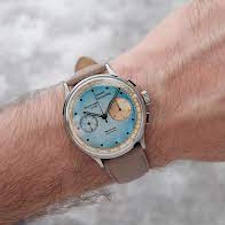
Baltic
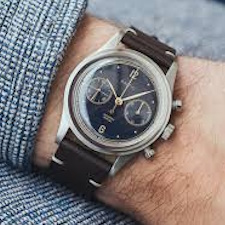

Christopher Ward (UK)
Christopher Ward is a British watch brand founded in 2004, renowned for offering Swiss-made luxury timepieces at competitive prices. The brand targets discerning consumers, particularly professionals aged 30 to 50, seeking high-quality craftsmanship without excessive retail markups. Their direct-to-consumer model allows them to maintain a focus on value and transparency, significantly appealing to watch enthusiasts.
Christopher Ward’s journey includes the development of in-house movements, such as the Calibre SH21, which enhances their reputation for innovation. In 2023, the brand reported revenues of approximately £22.1 million, highlighting robust growth driven by increased brand awareness and customer loyalty. Their commitment to quality, paired with a strong online presence and community engagement, positions Christopher Ward as a compelling investment opportunity in the luxury watch sector, showcasing both market resilience and the potential for further expansion.
Sources: Christopher Ward Forum | Christopher Ward Forum.
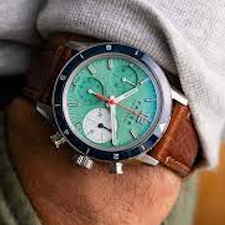
Farer Watch Company (UK)
Farer is another British watch brand – established in 2015 – and celebrated for its unique blend of vintage aesthetics and Swiss craftsmanship. Targeting watch enthusiasts and collectors, Farer specialises in vibrant, limited-edition timepieces that evoke a sense of adventure. Their collections include GMT, dive watches, and chronographs, typically priced between £800 and £1,600, making them accessible to a broader audience.
The brand’s journey is marked by a commitment to quality, utilizing high-grade Swiss movements like Sellita and La Joux-Perret. Farer does not publicly disclose specific sales figures, making it challenging to pinpoint exact numbers for their watch sales. However, the brand has seen significant growth since its inception in 2015, with an annual revenue reportedly exceeding £5 million (approximately $6 million.
Sources: Microbrand Watch World | Farer | aBlogtoWatch | Fratello Watches | aBlogtoWatch

Monta (USA)
Monta is an American watch brand founded in 2015, renowned for its premium Swiss-made timepieces that combine modern design with functional excellence. Positioned within the $1,500 to $2,500 range, Monta targets adventurous professionals and watch enthusiasts who value high quality and robust functionality in their timepieces. The brand’s offerings include models like the Oceanking dive watch and the Skyquest GMT, which have garnered acclaim for their durability and aesthetic appeal.
Monta’s journey has been bolstered by the expertise of its founders, who previously operated Everest Bands, focusing on luxury accessories for Rolex watches. The brand emphasizes direct-to-consumer sales, ensuring competitive pricing. Although specific annual revenue figures are not publicly disclosed, Monta’s reputation and growth trajectory indicate a strong market presence.
Sources: aBlogtoWatch | aBlogtoWatch

Studio Underd0g (UK)
Studio Underd0g is a British microbrand founded by Richard Benc in 2021, known for its playful and colorful timepieces that combine character and craftsmanship. Targeting watch enthusiasts and collectors aged 25-45, the brand gained rapid popularity with its vibrant chronograph series, featuring models like Watermel0n and Go0fy Panda. In just two years, Studio Underd0g garnered over 3,500 orders during a pre-order window, a testament to its strong market appeal. The brand received a nomination for the prestigious Grand Prix d’Horlogerie de Genève (GPHG) and has consistently outperformed established brands at auctions. With a focus on affordability and innovative design, their latest 02SERIES watches are priced at around $900. While specific revenue figures are not publicly disclosed, their swift success positions them as a compelling example for potential investors in the luxury watch sector.
Sources: Worn & Wound | aBlogtoWatch | Hodinkee.

Baltic (France)
Baltic is a French microbrand founded in 2017 by Etienne Malec, known for its vintage-inspired designs that emphasize simplicity, elegance, and high-quality craftsmanship. The brand’s aesthetic draws from classic 1940s and 1950s watch styles, appealing to a discerning, younger audience of watch enthusiasts who value timeless design without the high price tag. Baltic’s offerings typically range from $500 to $1,500, positioning them within the affordable luxury segment.
The brand has quickly garnered attention in the watch community, with successful limited edition releases and collaborations with retailers like Worn & Wound. Baltic’s signature models, such as the Aquascaphe and Bicompax chronograph, have helped establish its reputation for offering quality mechanical watches at accessible price points.
With an estimated annual revenue of $3 to $5 million, Baltic is a growing player in the microbrand space, driven by online sales, word-of-mouth marketing, and a passionate fanbase that values exclusivity and heritage-inspired designs.
Sources: Forbes: Baltic Watches
